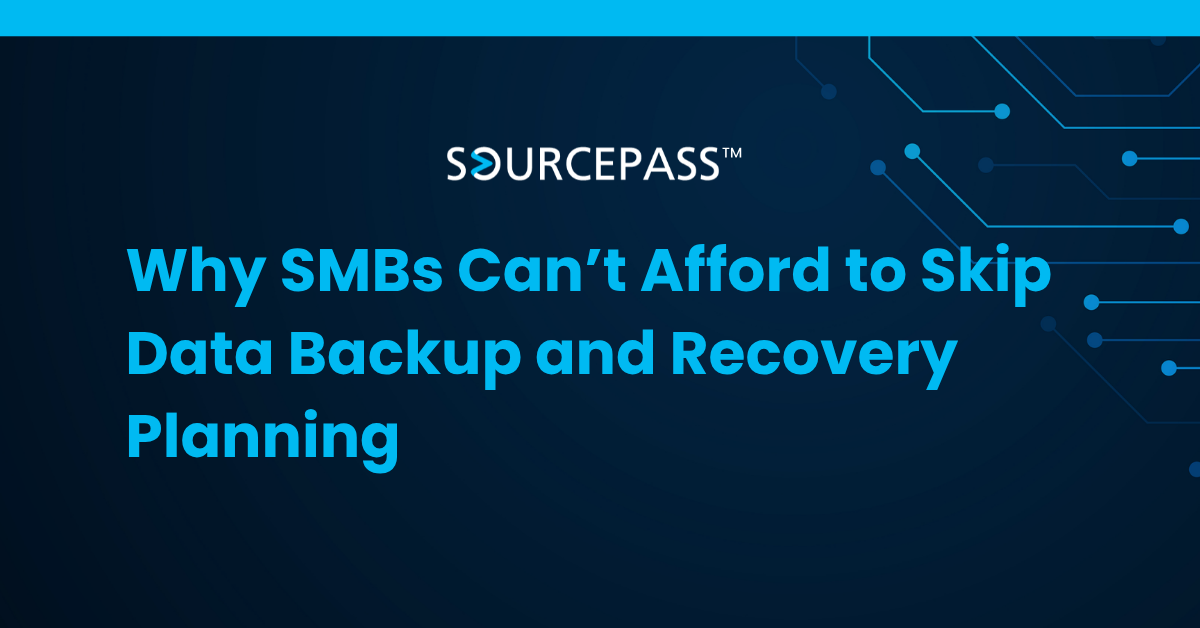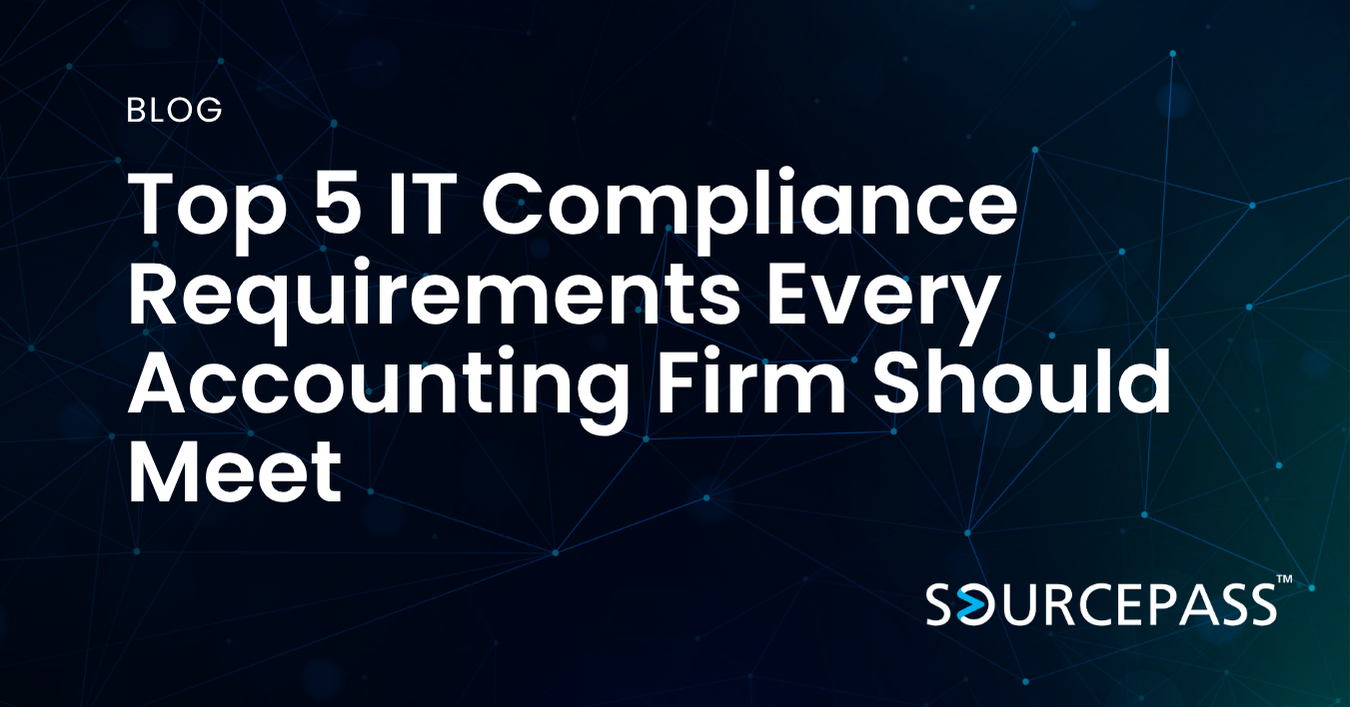Why SMBs Can’t Afford to Skip Data Backup and Recovery Planning
Oct 16, 2025 Alex Davis Data Management | Data Protection | Backup & Disaster Recovery 2 min read



Small and midsize businesses often underestimate how damaging data loss can be. A single incident, such as a ransomware attack or accidental deletion, can halt operations, compromise customer trust, and trigger compliance violations. Backup and recovery planning is not optional—it is essential to business continuity.
The Real Cost of Downtime for SMBs
When systems go offline, every minute counts. Downtime can cost SMBs thousands of dollars per hour in lost productivity, delayed customer service, and halted revenue streams. Unlike larger enterprises, SMBs rarely have redundant infrastructure or recovery teams, making outages more disruptive and recovery more difficult.
Even minor incidents, such as corrupted files or accidental deletions, can escalate quickly without a reliable recovery plan. With proper backup and restoration, these setbacks become manageable instead of catastrophic.
Compliance and Data Retention Requirements
Many SMBs operate in regulated industries such as healthcare, legal, or financial services. These sectors have strict requirements for data retention, privacy, and auditability. Failure to retain or recover key records can lead to regulatory penalties and legal exposure.
A structured backup and recovery strategy supports:
-
Proof of data integrity
-
Audit trail availability
-
Industry-specific compliance standards
Why Backup Alone Is Not Enough
Having a backup is only one component of a wider business continuity strategy. Without tested recovery processes, backup data is just stored information. Reliable continuity requires:
-
Versioned backups to restore business operations across time
-
Offsite or cloud replication to protect against physical disasters
-
Automated testing to confirm that recovery works when needed
Solutions like Acronis offer advanced backup capabilities, including ransomware protection, centralized management, and rapid recovery options designed for SMB environments.
Key Elements of an SMB Backup and Recovery Plan
1. Define Recovery Time and Recovery Point Objectives
Set clear targets for how quickly systems must recover (RTO) and how much data you can afford to lose (RPO).
2. Protect Critical Workloads First
Identify vital systems such as accounting, CRM, and email. Prioritize full-image backups rather than relying on file-level copies.
3. Establish Offsite and Immutable Backups
Store at least one backup copy offsite or in the cloud. Use immutable storage to prevent tampering during ransomware attacks.
4. Test Recovery Scenarios Regularly
Regular recovery drills are critical. A backup you cannot restore is a liability. Testing ensures business continuity when disruption occurs.
5. Integrate Backup Into Incident Response
Backup and recovery plans should align with cybersecurity protocols so technical and leadership teams know their roles during emergencies.
Business Continuity Is a Leadership Priority
Backup and disaster recovery are not purely IT responsibilities. Leadership must view data protection as a core operational requirement. Decisions made before a crisis determine the organization’s resilience afterward.
The investment in a structured backup strategy is significantly lower than the cost of downtime, lost customers, and legal exposure. SMBs that plan proactively are the ones that recover fully.
FAQ: SMB Backup and Recovery
What is the difference between backup and disaster recovery?
Backup stores copies of data. Disaster recovery focuses on restoring operations quickly after an incident. Both are required for business continuity.
How often should SMBs back up data?
At minimum, daily backups are recommended. Businesses with high transaction volumes may need hourly or continuous backups.
Is cloud backup enough protection?
Cloud backup is useful but should be combined with local or immutable copies for full resilience and faster recovery options.
How does Acronis help SMBs with recovery?
Acronis provides integrated backup, ransomware defense, and rapid restore features designed for performance and compliance needs.
Why should executives be involved in backup planning?
Leadership must approve recovery objectives, budgets, and compliance strategies. Backup influences legal, financial, and customer impact.
Subscribe To
Sourcepass Insights
Sourcepass Insights
Stay in the loop and never miss out on the latest updates by subscribing to our newsletter today!


